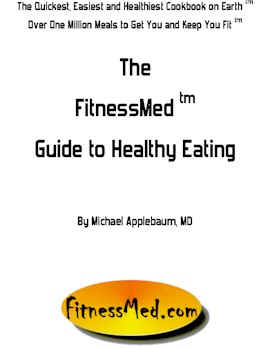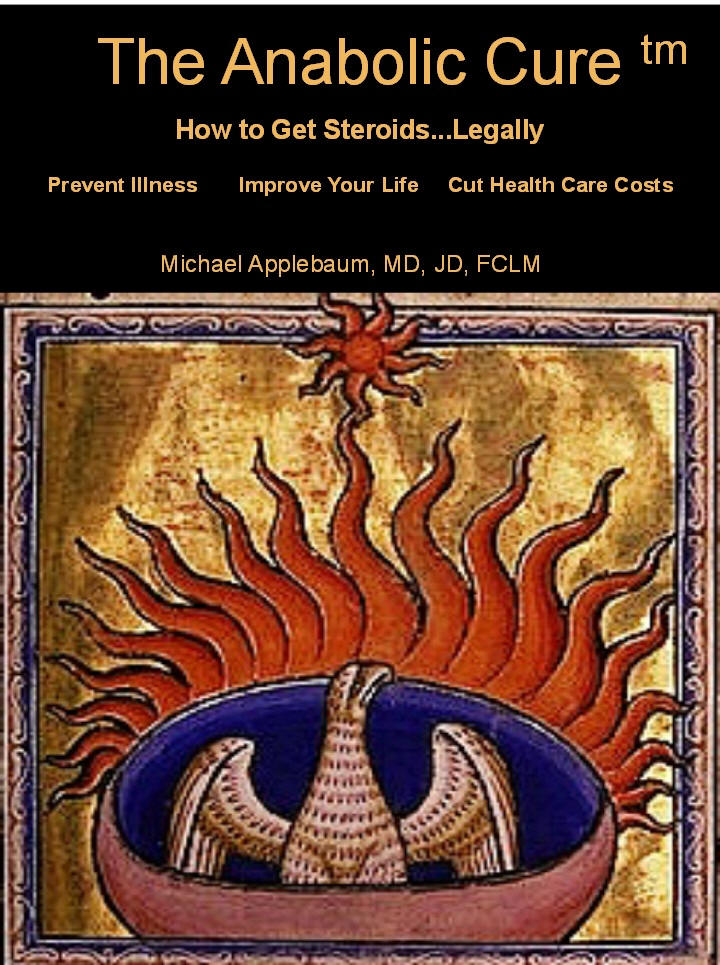What goes around, comes around and around and around.
Approximately 3,000 years before Richard Knerr and Arthur "Spud" Melin released the "Hula-Hoop," Egyptian children would make circles from dried grape vines and swing them around their waists. The ancient Greeks even used hoops as form of exercise to lose weight. Research being presented at the 58th Annual Meeting of the American College of Sports Medicine and 2nd World Congress on Exercise is Medicine® looks at hooping to determine the relative exercise intensity and caloric expenditure of the resurgent practice.You can bet that the woman from Cirque du Cumcision achieved her fitness hooping.
"Hooping as an exercise dates back to ancient civilizations and was wildly popular in the 1950s" said John Porcari, Ph.D., FACSM, lead author of this study. "Today, it's becoming a popular form of choreographed group exercise, and we sought out to determine the effect of hooping on physical fitness and whether or not the intensity falls within ACSM guidelines for improving cardiovascular fitness."
Porcari and his colleagues from the University of Wisconsin - La Crosse examined 16 healthy females (ages 16 to 59) who were regular participants in choreographed hooping classes. Each subject completed a video-led, 30-minute hooping class. The research team then measured oxygen consumption, heart rate and rate of physical exertion (RPE) using the Borg RPE scale.
Average heart rate for the 30-minute class was 151 beats per minute, which corresponds to 84 percent of age-predicted maximum heart rate. Average oxygen consumption was 20.6 ml/kg/min, and average caloric expenditures were 70 Kcal/min, which is equivalent to 210 calories for 30 minutes of hooping. Average RPE was 13.0, which corresponds to "somewhat hard" on the Borg scale.
Not.








No comments:
Post a Comment